The PowerWalker VI 1500 CSW UPS Review: Trying For True Sinewave on a Budget
by E. Fylladitakis on April 13, 2022 8:00 AM EST- Posted in
- Cases/Cooling/PSUs
- UPS
- PowerWalker
- BlueWalker
- 1500VA
Testing
Putting the PowerWalker VI 1500 CSW to the test, the basic electrical figures of the UPS are acceptable, with the unit delivering the performance it promises. When it operates on battery power, the voltage output is exactly 224 V RMS regardless of the load. There are minor frequency variations but these are exceptionally small. The transfer time is relatively high, yet not out of the manufacturer’s specifications. Though it also seems to significantly depend on the load, which should not be happening to this extent.
| UPS Load Performance | |||||
| 10% | 25% | 50% | 75% | 100% | |
| Voltage Output (Vrms) | 224 | 224 | 224 | 224 | 224 |
| Frequency (Hz) | 50.05 | 50 | 50 | 49.95 | 50 |
| Transfer Time (ms) | 6.1 | 7.6 | 7.8 | 7.6 | 8.9 |
The fan of the unit outputs 41.6 dB(A) once it is running. By UPS standards this is not a very high figure, but it's certainly not a very comfortable amount of noise, either. The downside here is that the PowerWalker VI 1500 CSW requires nearly 10 hours to fully charge its batteries once they are completely empty, which could be a problem with the unit installed in a living room or, worse, bedroom.
In our load testing, we've found that the battery runtime of the PowerWalker VI 1500 CSW is even better than advertised. These figures are achieved with its batteries fully charged and while they are new.
The PowerWalker VI 1500 CSW boasts true sinewave output, and our testing confirms this. Under load, our instruments showing a nearly-perfect sine wave with the unit running on battery power – but only while the load is low. Once the load reaches 50% (450 Watts) the deformation of the sine wave becomes apparent. It also becomes deformed abnormally, with only the positive peaks getting chopped, meaning that it is only one half of the circuitry failing to perform. At nearly 90% load (800 Watts) the waveform is nearly square, with both peaks heavily chopped, suggesting a massive number of harmonics. This will definitely not be healthy for any device that requires a pure sinewave input, such as APFC circuitry and AC motors.
Conclusion
The PowerWalker VI 1500 CSW is a UPS designed to combine a high output and true sinewave capability at a retail price affordable for most home consumers. At around €180, it currently retails for half of the price reputable manufacturers ask for their equally powerful true sinewave products, making it a very enticing deal.
The build quality of the PowerWalker VI 1500 CSW is better than one would expect from a product retailing at this price. Its parts are coming from reputable manufacturers and the unit is very well assembled. The design is dated but that is not inherently wrong – it just means the unit isn't geared to deliver the kind of top-of-the-line performance that more recent designs can provide.
When it comes to performance, the PowerWalker VI 1500 CSW performs, for the most part, according to its specifications. The trade-offs and issues become apparent when a closer look is taken, revealing that its electrical performance leaves a lot to be desired. The unit fails to maintain a true sinewave output when the load exceeds about 25% of its rated capacity, which could lead to serious issues if an application requires a true sinewave input. To be sure, for most home applications like modern PCs and TVs, this will not be a significant issue, as they take measures against harmonics and the expected load is usually but a fraction of the unit’s maximum output. However, if the unit needs to run at its maximum output or to drive loads that are very sensitive to harmonics, such as electric motors or older PCs, it could have damaging results to the equipment.
Ultimately, for users who are currently on the market for a UPS that is expected to mostly run at low loads, such as for safeguarding a single PC and its peripherals, the PowerWalker VI 1500 CSW is a fine choice. The UPS offers a clean enough electrical feed to meet the needs of a PC (or similarly switching power supply device), and it has the headroom to handle the stress if the power outage happens when the system is very heavily loads (e.g. while gaming). However, it is very clearly a device that was designed against engineering trade-offs to bring down costs for its target market. So, due to its inability to maintain a clean true sinewave output, we cannot recommend it for sensitive applications, and prospective users will want to be especially careful analyzing the sensitivity of their equipment to harmonics before purchasing it.



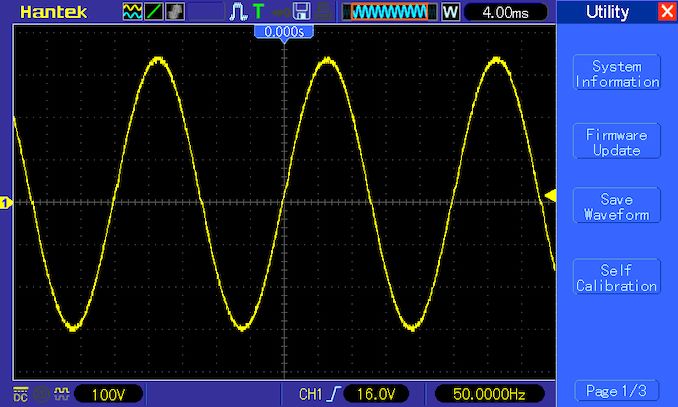
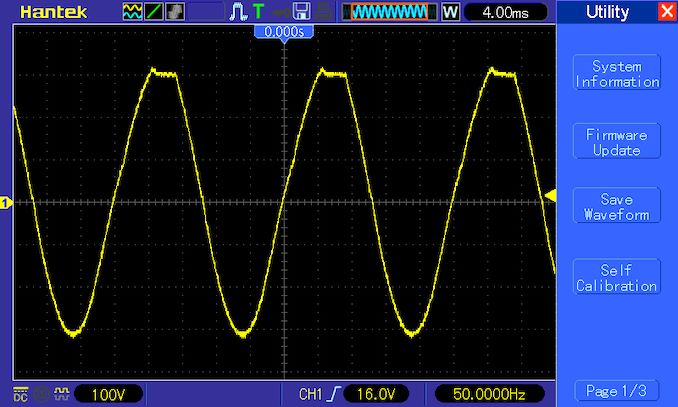
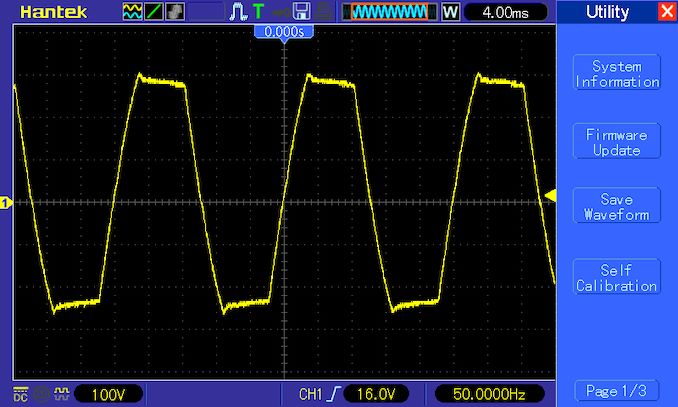
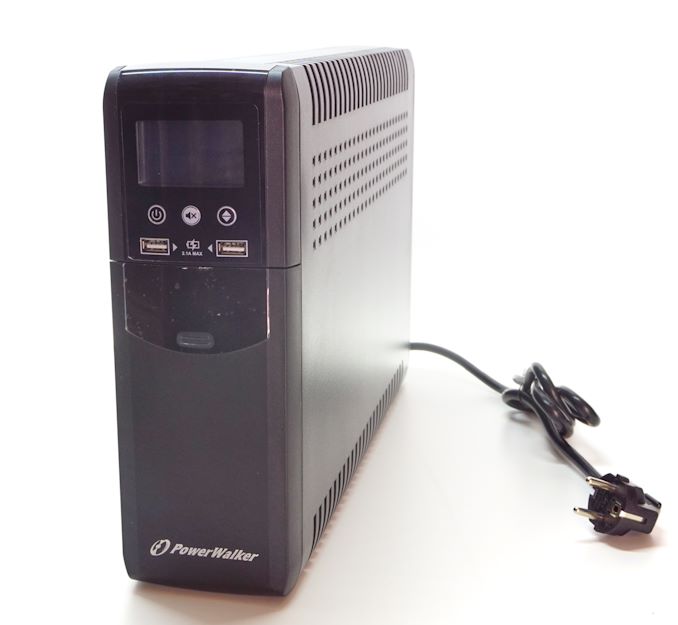
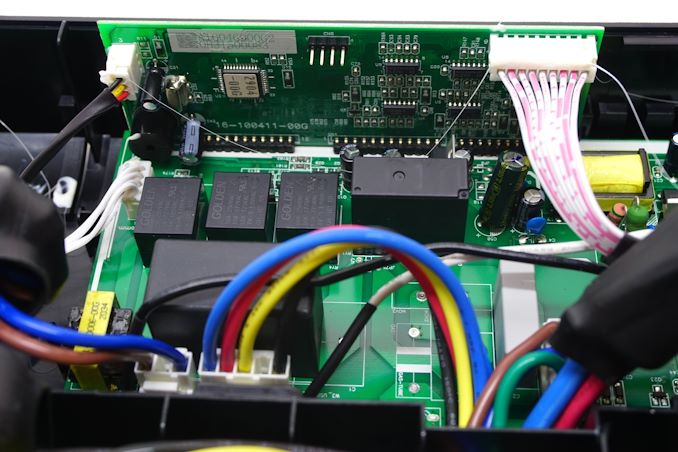








107 Comments
View All Comments
techjunkie123 - Wednesday, April 13, 2022 - link
UNLIMITED POWAAAAHHHHHsupercaliber - Wednesday, April 13, 2022 - link
Love this category of reviews--keep them coming! (also intrigued about mentioned Li-ion based as I need small form factors)mode_13h - Wednesday, April 13, 2022 - link
With lead-acid batteries, a trick I've done a few times is to use them for jump-starting a car. Just make sure you're really using a ~12 V cell, as some UPS batteries are actually 2 wired in series.ydeer - Wednesday, April 13, 2022 - link
I appreciate the review. Overall efficiency at different load levels and standby power consumption of the device itself would be of interest to me, with power prices developing as they are.ydeer - Wednesday, April 13, 2022 - link
Also, would it be safe to replace the built in battery with a LiFePO4 battery of the same size?Many battery vendors now offer LiFePO4 in lead-acid form factors, advertised as drop-in replacements since they have a built in BMS that makes them compatible with regular chargers.
They are lighter, can't leak and supposedly last far longer (in both time and cycles).
I noticed that they have much lower discharge values than lead acid/AGM batteries of the same size, so I doubt they would be safe to use at full load, though the BMS should cut off there. Perhaps something the author could investigate in a future content piece.
t.s - Wednesday, April 13, 2022 - link
I've modified a few APC UPS to use LFP, and so far still good. BMS is a must for safety. And if one planning to use >50 AH battery for longer usage, remember to put a reliable fan that blow directly to the transformer.A pity that there's almost no LFP battery in market.
DanNeely - Wednesday, April 13, 2022 - link
There're a few UPSes with lithium batteries of some sort (never dug deep enough into the specs to find the exact chemistry). They're bafflingly expensive though.ex APC's 1500VA model is $1800 on amazon.
But if you look at the specsheets for their conventional lead acid ones, the 1500VA model can provide 120W for 1 hour. 120Wh is only about 20% more capacity than a max size laptop battery; so UPSes using them shouldn't need to be crazy expensive. Once you factor in the far lower shipping cost I wouldn't be surprised if the delivered price actually ended up being cheaper.
Kamus - Thursday, April 14, 2022 - link
Yeah, those "bafflingly expensive" UPS companies are going to be driven out of the market soon enough. By the likes of Ecoflow, Bluetti, and other endless "solar generator" brands (anker just got in on the game too)They are selling products that instead of just giving you time to quickly shut down, will allow you to go on for hours of uptime if the power outage goes on for a long time, and they all allow you to charge the "UPS" with solar panels to further extend your uptime for a very long time. (with a big enough system, you can make your computer independent from the grid)
These companies are all using either ternary batteries, or LFP batteries. The ones with LFP batteries are monsters that you can cycle every day, for years without any noticeable degradation. (those would be the ones to use if you want an offgrid computer)
UPS companies are being disrupted and they don't even know it yet, I wouldn't be surprised to see many of these file for bankruptcy in the coming years, as these companies get their UPS capabilities more polished (some don't switch fast enough for critical loads yet) and up their marketing game as "UPS" instead of just "solar generators"
t.s - Thursday, April 14, 2022 - link
True that. For countries that have more day than night, you can go off grid if planned right using solar panel and LFP. My dream is having a DC home. So there's no need to convert DC to AC. Just have to use boost or buck converter to up or down the voltage. Better efficiency and fewer energy loss.dersteffeneilers - Saturday, April 16, 2022 - link
So you are planning to install new outlets? Or just with an armageddon of extension cords?I think it makes more sense to spend the money to have a electrician hook your battery up to the grid, if you live in a place where your output can get adjusted by grid demand automatically, it can pay for itself very quickly.